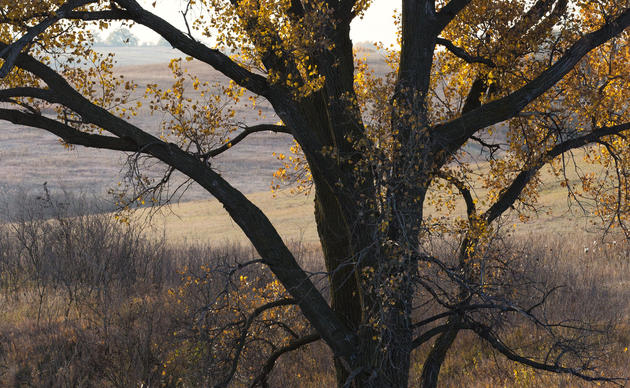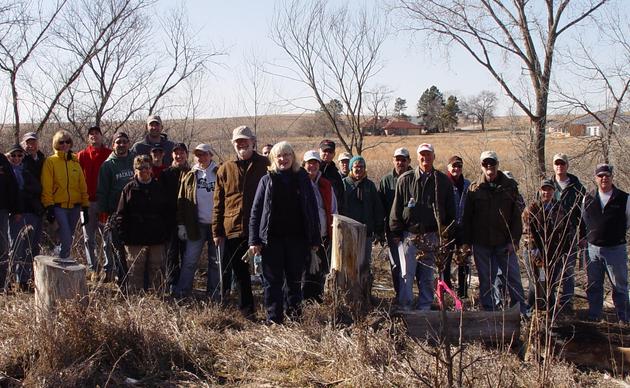The 150-foot smokestack in Farmington, Michigan, stands warily erect against the horizon of this small Detroit suburb. The red brick building it's a part of, Farmington Junction, is a century-old relic. Once used by the railroad industry, it now serves as office space for local businesses, and for the past eight years, an instrumental roosting site for nearly 50,000 Chimney Swifts.
Each fall, Chimney Swifts migrate south to the Amazon River Basin, feeding and roosting throughout North America along the way. The small, bat-like birds are voracious insectivores, consuming up to one-third of their body weight a day. In Farmington, from September to early November, flocks of swifts feast on buffets of mosquitos, termites, and flies during the day. At night they return to roost in the smokestack.
Unlike songbirds or other passerines, the Chimney Swift can't perch and spends most of its life airborne. Hollow trees and the textured walls of chimneys provide the perfect surface for the birds to cling to while they rest. But the widespread adoption of modern heating has replaced traditional brick chimneys, while relentless logging and deforestation in the swifts’ tropical habitat has cast a shadow of concern over the species’ future.
The Farmington Junction smokestack has been hosting a growing colony of Chimney Swifts since 1997. The owners of the building, David White and Michele Romans, formed the Swift Sanctuary in 2013, and have dedicated countless hours and resources to maintain and preserve the chimney to ensure the swifts can access it when they return each spring. And in May 2015, swift expert and Audubon scientist Larry Schwitter climbed the tower's rickety ladder and mounted a camera inside. The live feed broadcasts what many believe is the largest Chimney Swift roost in North America.
Click here if you’d like to learn more about how you can support swifts in your area.

How you can help, right now
Keep in Touch
Here's how you can keep in touch with all the activities and programs at Spring Creek Prairie Audubon Center




